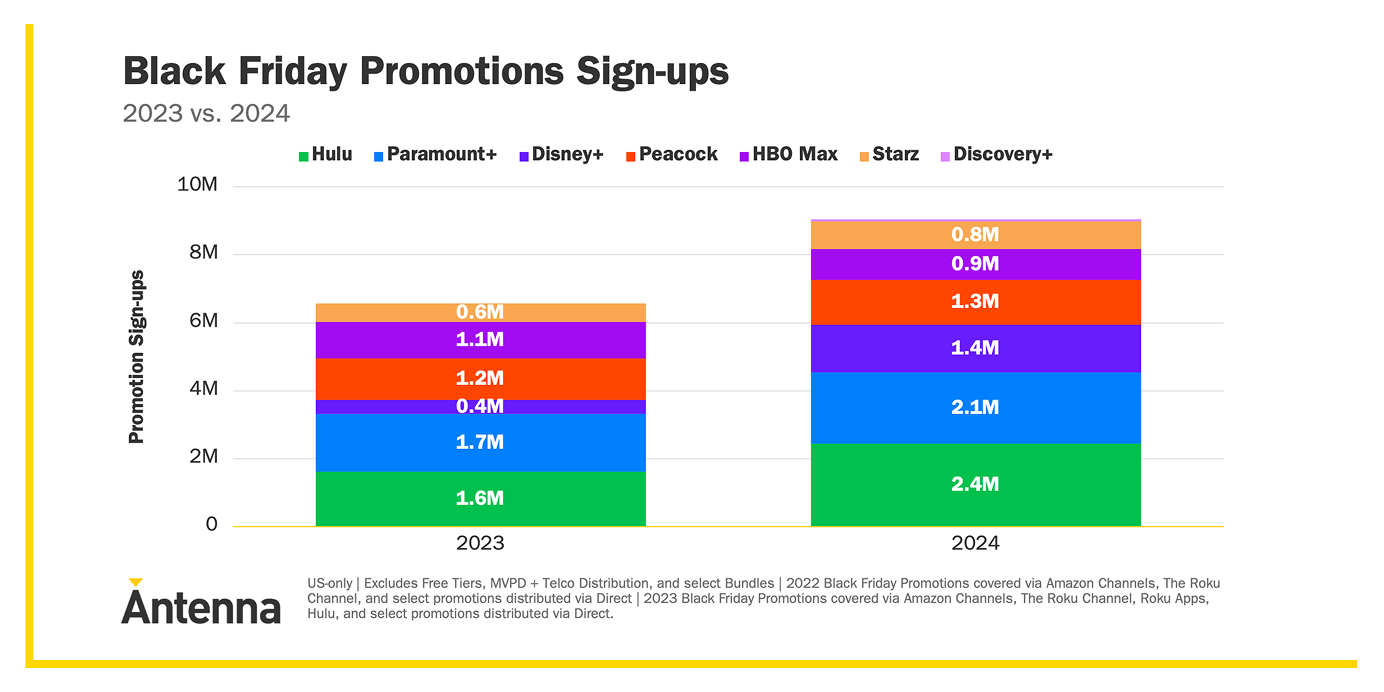This post is a section from Antenna's 2021 Year in Streaming Report. If you are interested in receiving the full report, contact brendan@antenna.live
In this more volatile market, which is becoming more saturated for top players, services are increasingly turning their attention to Churn mitigation.

Antenna finds that the Weighted Average Premium SVOD Active Monthly Churn Rate reached 5.2% by year-end 2021, up +2pts from 3.2% at the start of 2019.
Churn is a nuanced metric and oftentimes misunderstood. Taking into account the product lifecycle of each service is critical because younger (in tenure) Subscribers are typically more at-risk to cancel. Put another way, Subscribers who have been with a service for several years are much less likely to cancel than ones who recently joined. The survival curve flattens over time.
Antenna often observes Churn spikes during periods of robust Subscriber growth. The Disney+ launch in November 2019 is a great example.

August 2021 is another example of Churn increasing during periods of major Subscriber growth. Apple TV+ and Peacock both experienced big upticks in the month following extended free trials converting to paid Subscriptions, and the start of The Tokyo Games respectively.
In the face of a host of new competition, loyalty to Netflix was undeterred. Antenna data indicates that Netflix lowered its Active MonthlyChurn Rate from 2.5% at the start of 2021 to 2.2% by year-end.
Subscription services deploy a range of tactics to try to minimize Churn. Bundling has been a particularly effective strategy for The Walt Disney Company.

Antenna data indicates that The Disney Bundle’s Active Monthly Churn Rate is not only markedly lower than any of its services on a standalone basis, but also rivals that of market-leading Netflix.

.png)



